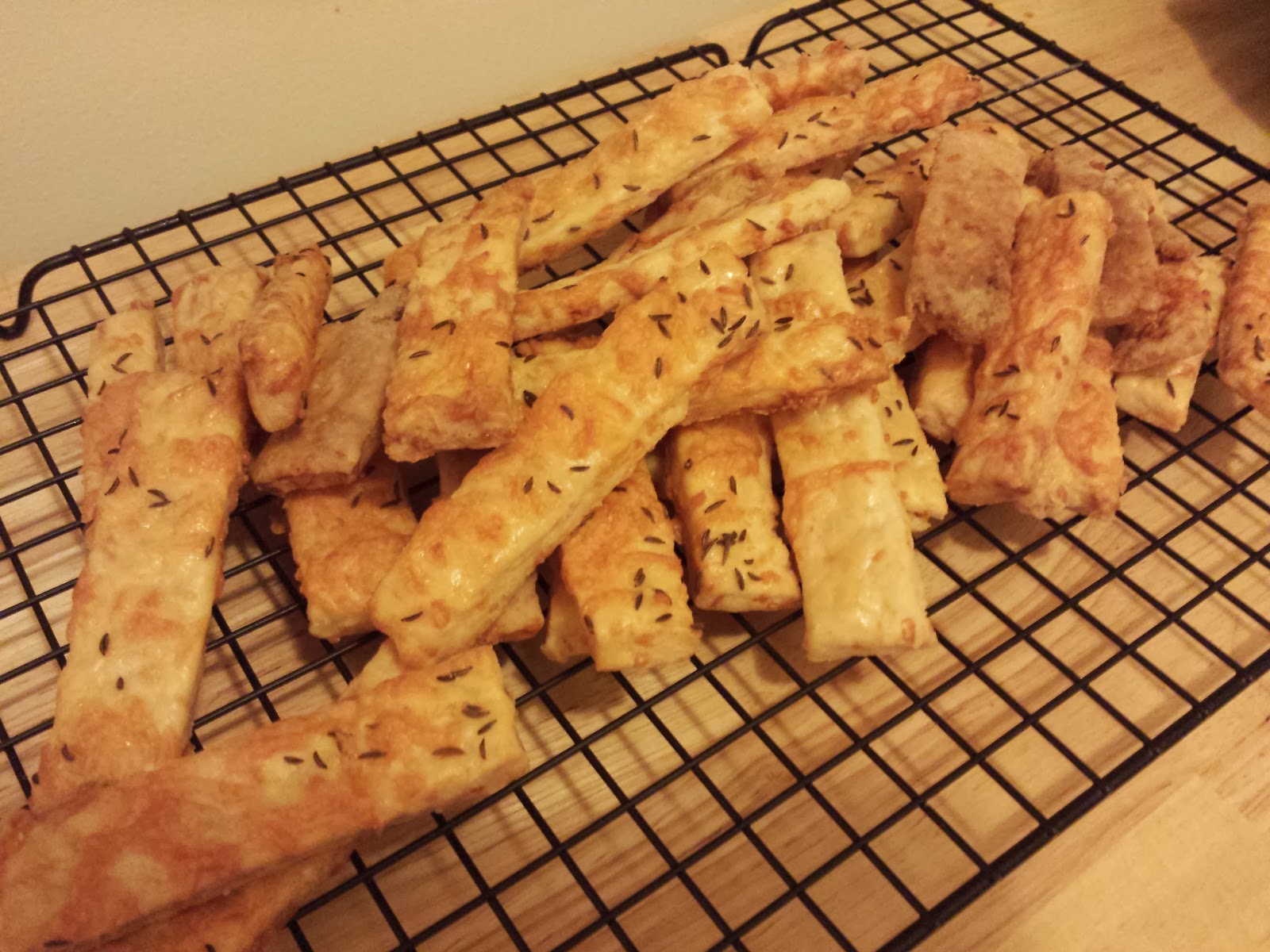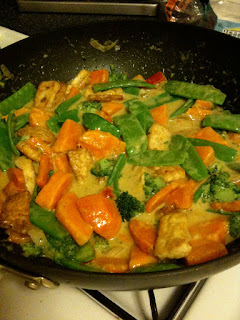Making Pork Skin Cracklings and Chicharrones
Growing up, I didn’t think much of pork rinds. They seemed to live only in truck stops, nestled between corn nuts and those orange circus peanuts that taste like Styrofoam rolled in confectioner’s sugar. Only later, reading old Time-Life cook books, did I become excited about “cracklin’s.” Pictures of community pig butchering in the rural south amazed me; it seemed to be more of a party than a harvest. In the center of one photo was an enormous fire pit holding a cast-iron kettle full of bubbling, rendered lard. The caption explained that the skin of the pigs was fried in the lard for a snack while the family prepared the rest of the meat.
The cauldron-fried cracklings were miles away from those plastic baggies I had seen in the gas station. They also looked different in the cook book; not puffy like the bagged variety, but more like thick, crispy strips. As time went on, I realized there are two main types of pork rinds: cracklings and chicharrones. Cracklings are the thicker, more rustic strips of crispy pork skin. It’s also the type of pork skin you’re likely to get with a skin-on ham roast. The fat between the skin and meat gently renders out, while the skin crisps and puffs slightly. The result is a slightly crispy, slightly chewy pork skin that is very savory.
Cooking and puffing the chicharrones is a lot of fun, and since they are best hot out of the oil you should have your guests gather around to see the glass-like shards of dried skin explode into a porky cloud. Just don't have them gather too close to the pot of bubbling oil.
Recipe at a Glance: Pork Rinds
- Any amount of pork skins
Cover the pork skins in cold water and simmer over low heat for 1.5-2 hours, topping up water if needed to keep skins covered. Once skins can be easily pierced with a butter knife, remove from water and allow to cool.
Once cool, you can bake them in a 350 F oven on a wire rack for pork cracklings.
Alternatively, for chicharrones, scrape the undersides of the cooked skins with a pastry scraper, back of a knife, or off-set spatula. Remove as much of the fat as possible, leaving just the skin behind. Cut the skin into 3"x3" squares or so and lay them out in a food dehydrator for 12 hours until crisp and slightly opaque.
Heat a cast iron pot or home deep-fryer half-way full with oil and heat oil to 375 F. Add the pork rinds one at a time and swirl in the oil to help cook evenly. As soon as the skin puffs up and no more flat, crystalline areas remain, remove from oil and season to taste. Enjoy right away.
.JPG) |
| Pork Skin Landscape |
On the other side, chicharrones are the name for Mexican-style pork rinds, and what I saw in the gas station years ago. These are about ten times as puffy as cracklings and have the texture of a cheese puff. Chicarrones have also become the darling of many famous restaurants in the past few years, from Momofuku and the Breslin in NYC to southern stars like Husk and 610 Magnolia.
I couldn’t decide whether I wanted to make cracklings or chicharrones with my North Woods Ranch pork skin, so I decided to make both. Both recipes started the same, I gently poached the pork skin in water for about 1.5-2 hours. I knew the skin was fully cooked when it could easily be pierced with a butter knife. Once tender, I removed the skin from the pot, patted off any excess water, and refrigerated the skin in a covered container. For my cracklings, I was inspired by the British chef and champion of offal, Fergus Henderson. He actually confits the skin in lard, then smears the skin with more lard to store it. I skipped the confit step, which seemed to be unique to his recipe for “pork scratchings." I just boiled them in water, but I did smear a bit of lard on top of the skin destined to be cracklings.
The cracklings were very simple. I preheated an oven to 350 F, then arranged the boiled skin with lard on a baking rack set on top of a baking sheet. As the skin baked, the lard rendered down over the skin, crisping the surface. Once fully cooked, the skin puffed up slightly and took on a golden color. The resulting crackling was quite tasty, although some thicker parts of skin were more chewy than crisp. I’ve read that a convection oven will give you a better puff because the hot air circulates more, but I found that a regular oven still produces delicious results.
The chicharrones were a bit more work, but produced a more captivating final product. After boiling and cooling the skin, I scraped the skin to remove all the excess fat from the underside. I found that using the back of a knife was the best way to complete this task. It scraped the fat off without cutting into the skin. After scraping all the fat of the skin, I cut them into small squares and dehydrated them overnight. The smell of drying skin gave my house a…peculiar…odor. I suggest if you try this at home, to put the dehydrator in the garage or other out of the way location.
Once dried, the pig skin was ready to cook! The dried skin looked like brittle, crystalline sheets of sugar. I filled a heavy Dutch oven half-way with peanut oil and heated it to 375 F (ghee oil would also work). Then the fun part began. Frying a chicharrones was like watching a pork skin transmogrify into a pork skin butterfly. The thin fragment of skin quivered in the oil, and then burst open, almost like it was foaming up.
As soon as the puffing stopped, I removed the skin from the oil and dusted it with salt, pepper, and chile powder (optional). I found metal chopsticks were perfect for swirling and retrieving the skin from the oil, but tongs would be fine too.
While reading about different ways to cook pork skin, I was surprised to learn they’re actually not that nutritionally bad if made at home. Because skin is mostly protein and fat, it has no carbs and (unless you go really heavy on the salt) will have less sodium than the truck stop varieties. Plus, by purchasing skin from pastured Berkshire hogs, you’re getting more flavor and a better product than from skin of industrially raised hogs
Cooking and puffing the chicharrones is a lot of fun, and since they are best hot out of the oil you should have your guests gather around to see the glass-like shards of dried skin explode into a porky cloud. Just don't have them gather too close to the pot of bubbling oil.
Recipe at a Glance: Pork Rinds
- Any amount of pork skins
Cover the pork skins in cold water and simmer over low heat for 1.5-2 hours, topping up water if needed to keep skins covered. Once skins can be easily pierced with a butter knife, remove from water and allow to cool.
Once cool, you can bake them in a 350 F oven on a wire rack for pork cracklings.
Alternatively, for chicharrones, scrape the undersides of the cooked skins with a pastry scraper, back of a knife, or off-set spatula. Remove as much of the fat as possible, leaving just the skin behind. Cut the skin into 3"x3" squares or so and lay them out in a food dehydrator for 12 hours until crisp and slightly opaque.
Heat a cast iron pot or home deep-fryer half-way full with oil and heat oil to 375 F. Add the pork rinds one at a time and swirl in the oil to help cook evenly. As soon as the skin puffs up and no more flat, crystalline areas remain, remove from oil and season to taste. Enjoy right away.
.JPG)
.JPG)
.JPG)
.JPG)
.JPG)
.JPG)


Comments
Post a Comment